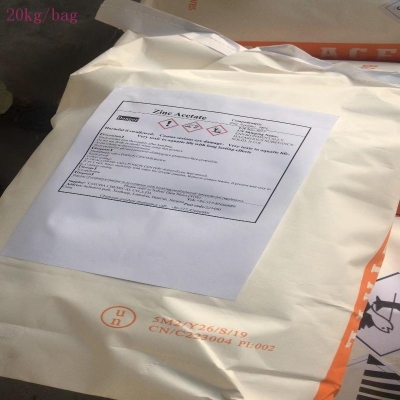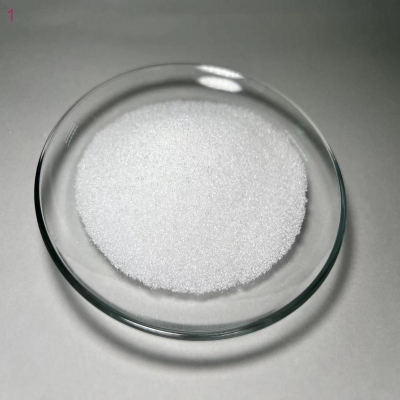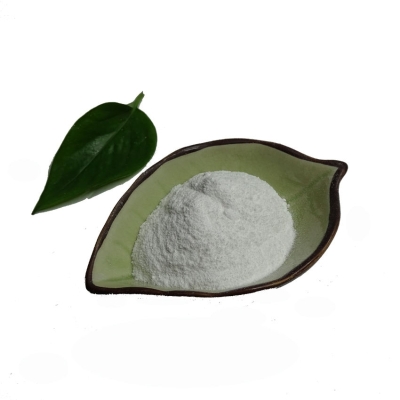-
Categories
-
Pharmaceutical Intermediates
-
Active Pharmaceutical Ingredients
-
Food Additives
- Industrial Coatings
- Agrochemicals
- Dyes and Pigments
- Surfactant
- Flavors and Fragrances
- Chemical Reagents
- Catalyst and Auxiliary
- Natural Products
- Inorganic Chemistry
-
Organic Chemistry
-
Biochemical Engineering
- Analytical Chemistry
-
Cosmetic Ingredient
- Water Treatment Chemical
-
Pharmaceutical Intermediates
Promotion
ECHEMI Mall
Wholesale
Weekly Price
Exhibition
News
-
Trade Service
97%, so what is the situation of urea exports in 2016? ? First look at the policy, one of the export policy: 2016 urea export tariff policy is 80 yuan / ton, the same as in 2015, has not been relaxed nor stricter, has little impact on the 2016 urea export situation.
Second, various preferential policies for chemical fertilizers will gradually withdraw from the historical stage.
In 2016, the preferential price of chemical fertilizers may be reduced again, the preferential gas price in the urea plan may be completely cancelled, and the electricity price will increase, that is, the country will no longer be no longer on April 20, 2016.
Retaining preferential electricity prices for fertilizer production, etc.
The above series of policies show that the domestic urea market will be further deepened, and competition in the domestic market will become more intense.
In 2016, we may have to continue to export some surplus urea goods to other countries.
? Secondly, look at domestic demand.
The reduction in domestic demand for urea is more likely to be forced to increase the export volume.
One compound fertilizer company’s demand for urea has been very light since October 2015.
In recent years, the operating rate of some compound fertilizer companies dropped slightly again, mainly due to poor grain benefits for farmers in 2015, unsatisfactory winter savings and collections of compound fertilizer companies, and urea prices have repeatedly fallen, and there is no confidence in all aspects.
It is estimated that the 2016 compound fertilizer companies’ Demand can only move forward with use, and it is estimated to be stable or decreasing compared to the demand in 2015.
Second, the plywood, power plant and other industries may continue to be in a downturn.
The global commodity downturn in 2016 will also continue to affect these urea downstream industries.
The demand for urea in these industries can only stabilize or decrease.
The demand for the third urea distributors will also continue to decrease due to the slight decrease in farmers' input.
The competition between urea and high-nitrogen compound fertilizers will also continue into 2016, making the share of urea in the fertilizer market stable or slightly reduced.
? Looking at the new capacity again, both domestic and international new capacity are relatively large.
It is roughly estimated that my country's domestic new capacity in 2016 was about 5.
5 million tons, and the international new capacity was about 10.
3 million tons, such as 1.
3 million tons in Algeria and 1.
3 million tons in India.
Regardless of whether such a large production capacity will be put into production in 2016 or later, the psychological impact on market participants will undoubtedly be huge, and competition in the export market will be very fierce.
? Finally, looking at costs, the global commodity situation in 2016 was sluggish.
Crude oil fell below US$27 in mid-to-late January for the first time since 2003.
Coal and natural gas are also unavoidable.
As the main raw materials of urea, the low price of urea will make urea.
Costs are lower to a certain extent.
At present, the cost of domestic manufacturers in Shandong and Lianghe is roughly estimated to be 1100-1200 yuan/ton, and the transaction is 1180-1.
250 yuan/ton, but the arrival price of urea in Yantai Port and other ports is slightly lower than 1230 yuan/ton, and the combined export offshore is less than 210 US dollars/ton.
At the end of January, my country’s offshore guidance price for small granular urea exports is 196-201 US dollar/ton, my country's urea export prices should have a certain amount of room to fall.
? To sum up, the situation of my country's urea export in 2016 is not optimistic.
It is preliminary speculated that even if the export volume in 2016 can be basically the same as 2015 or higher, the average export price is likely to be lower than 2015.
Second, various preferential policies for chemical fertilizers will gradually withdraw from the historical stage.
In 2016, the preferential price of chemical fertilizers may be reduced again, the preferential gas price in the urea plan may be completely cancelled, and the electricity price will increase, that is, the country will no longer be no longer on April 20, 2016.
Retaining preferential electricity prices for fertilizer production, etc.
The above series of policies show that the domestic urea market will be further deepened, and competition in the domestic market will become more intense.
In 2016, we may have to continue to export some surplus urea goods to other countries.
? Secondly, look at domestic demand.
The reduction in domestic demand for urea is more likely to be forced to increase the export volume.
One compound fertilizer company’s demand for urea has been very light since October 2015.
In recent years, the operating rate of some compound fertilizer companies dropped slightly again, mainly due to poor grain benefits for farmers in 2015, unsatisfactory winter savings and collections of compound fertilizer companies, and urea prices have repeatedly fallen, and there is no confidence in all aspects.
It is estimated that the 2016 compound fertilizer companies’ Demand can only move forward with use, and it is estimated to be stable or decreasing compared to the demand in 2015.
Second, the plywood, power plant and other industries may continue to be in a downturn.
The global commodity downturn in 2016 will also continue to affect these urea downstream industries.
The demand for urea in these industries can only stabilize or decrease.
The demand for the third urea distributors will also continue to decrease due to the slight decrease in farmers' input.
The competition between urea and high-nitrogen compound fertilizers will also continue into 2016, making the share of urea in the fertilizer market stable or slightly reduced.
? Looking at the new capacity again, both domestic and international new capacity are relatively large.
It is roughly estimated that my country's domestic new capacity in 2016 was about 5.
5 million tons, and the international new capacity was about 10.
3 million tons, such as 1.
3 million tons in Algeria and 1.
3 million tons in India.
Regardless of whether such a large production capacity will be put into production in 2016 or later, the psychological impact on market participants will undoubtedly be huge, and competition in the export market will be very fierce.
? Finally, looking at costs, the global commodity situation in 2016 was sluggish.
Crude oil fell below US$27 in mid-to-late January for the first time since 2003.
Coal and natural gas are also unavoidable.
As the main raw materials of urea, the low price of urea will make urea.
Costs are lower to a certain extent.
At present, the cost of domestic manufacturers in Shandong and Lianghe is roughly estimated to be 1100-1200 yuan/ton, and the transaction is 1180-1.
250 yuan/ton, but the arrival price of urea in Yantai Port and other ports is slightly lower than 1230 yuan/ton, and the combined export offshore is less than 210 US dollars/ton.
At the end of January, my country’s offshore guidance price for small granular urea exports is 196-201 US dollar/ton, my country's urea export prices should have a certain amount of room to fall.
? To sum up, the situation of my country's urea export in 2016 is not optimistic.
It is preliminary speculated that even if the export volume in 2016 can be basically the same as 2015 or higher, the average export price is likely to be lower than 2015.







